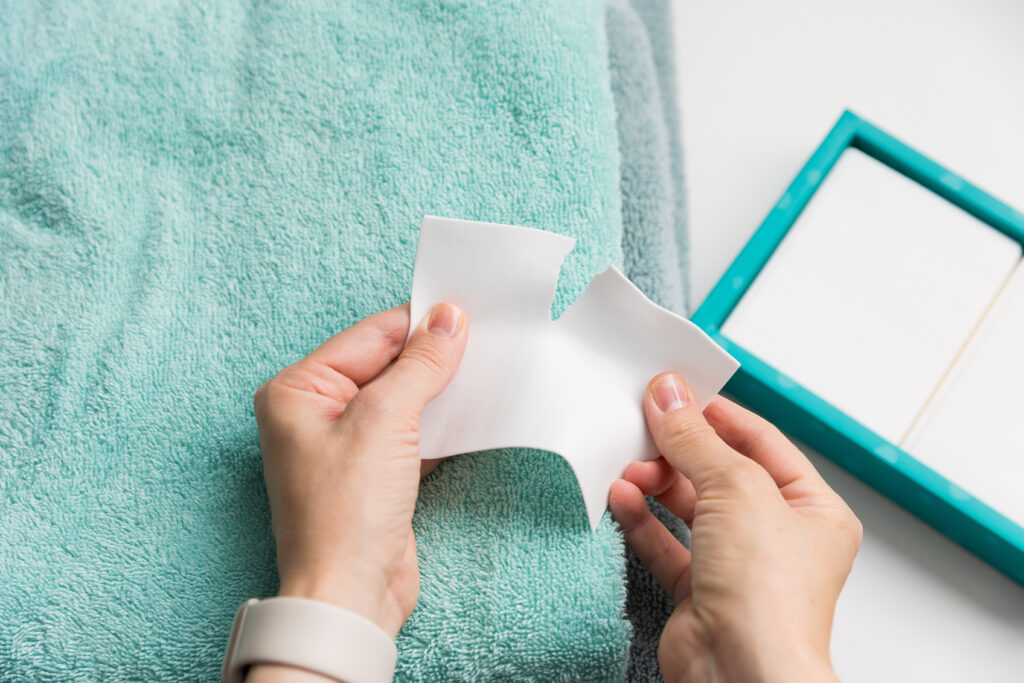Many people avoid buying delicate fabrics altogether due to fear of ruining them during cleaning. Others purchase them but end up spending excessive amounts on dry cleaning bills.
You see, delicate fabrics require special attention during the washing process. Whether you own silk blouses, cashmere sweaters, lace underwear, or other fine textiles, improper washing techniques can lead to damage, discoloration, and a shortened lifespan of your cherished items.
The good news is that you can safely wash most delicate items at home with the right knowledge and techniques. This comprehensive guide breaks down everything you need to know about washing delicate fabrics properly. You’ll learn how to identify different fabric types, choose appropriate cleaning methods, and avoid common mistakes that lead to fabric damage.
Understand The Different Delicate Fabrics
Before you can properly clean delicate fabrics, you need to understand what makes them delicate in the first place. Various fabrics have different properties and care requirements:
- Silk: A natural protein fiber that’s strong but can weaken when wet and is sensitive to heat, alkaline products, and sunlight.
- Cashmere: A fine, soft wool that can easily stretch or shrink if handled incorrectly.
- Lace: Often made from cotton, silk, or synthetic fibers with an open, decorative weave that can snag or tear.
- Wool: Natural fiber that can shrink dramatically and become felted if exposed to agitation, heat, or drastic temperature changes.
- Chiffon: A lightweight, sheer fabric that can tear easily and lose its shape.
- Rayon: A semi-synthetic fiber that weakens when wet and can shrink or become misshapen.
Understanding the unique properties of each delicate fabric is essential for proper care. These materials require special attention precisely because their natural characteristics make them vulnerable to damage from standard cleaning methods.
Sort and Pre-Treat Your Delicates
Before washing, separate delicate items by color and fabric type. Even light dyes can bleed onto other fabrics in water, so wash whites separately from pastels or darks. Turn garments inside-out to protect outer surfaces and fasten zippers or hooks to prevent snagging.
For stained items, avoid rubbing the fabric aggressively. Instead, dab the stain gently with a mild detergent or stain remover. Let it sit for 10–15 minutes before washing. You can also consider professional services like the wash and fold Miami laundry service for particularly valuable or challenging items when you’re unsure about treating a stain yourself.
Read and Understand Care Labels
Manufacturers provide specific instructions based on the fabric composition and construction of the item. Common symbols you’ll encounter include:
- Hand wash symbol: Looks like a hand in water
- Machine wash symbols: A washtub with temperature indicated
- Do not wash symbol: A crossed-out washtub
- Dry clean only symbol: A circle
If you can’t find a care label or it’s been removed, you’ll need to identify the fabric type and proceed with the gentlest washing method possible. When in doubt, hand washing is usually the safest option for most delicate fabrics.

Handwashing gives you full control over the process. Fill a clean sink or basin with lukewarm water (never hot water) and add a small amount of mild detergent designed for delicates. Swirl the water to create suds, then submerge the garment.
Gently agitate the fabric with your hands for 2–3 minutes, focusing on stained or soiled areas. Avoid twisting, wringing, or scrubbing, as this can stretch or tear fibers. Drain the soapy water, refill the basin with cool water, and rinse the item until the water runs clear. Press—don’t wring—excess water out by rolling the garment in a clean towel.
Machine Wash Delicate Items Safely
Yes, you can machine wash some delicate items without ruining them! The secret is in the setup. Start by tucking your precious pieces into mesh laundry bags. These bags are game-changers because they prevent your delicates from getting caught, stretched, or tangled. Switch your washer to “delicate” or “handwash” mode and use cold water.
When it comes to laundry detergent, less is more. Choose a gentle, pH-neutral option and skip the fabric softener altogether. Despite what your nose prefers, softeners can damage those fine fibers over time.
And remember: your washing machine isn’t a clown car. Give your clothes some breathing room in there. Cramming too many items together is a recipe for disaster, as your delicates need space to move freely without getting twisted up with their washing buddies.
Dry Delicate Fabrics the Right Way
Heat is the enemy of delicate fabrics. Avoid dryers entirely, as high temperatures can shrink wool, weaken silk, or melt synthetic fibers. Instead, lay garments flat on a clean, dry towel to air-dry. Reshape the item as it dries to prevent wrinkles or misshaping.
For knits or stretchy fabrics, avoid hanging them, as this can cause stretching. If you must hang a delicate item, use padded hangers to distribute weight evenly. Steer clear of direct sunlight, which can fade colors over time.
Iron and Steam Properly
Tackling wrinkles in delicate fabrics requires a thoughtful approach. Always check the care label first. It’s your roadmap for temperature settings, as some fabrics simply can’t handle heat or steam. When ironing silk or polyester, use a low-heat iron with a pressing cloth between the fabric and iron to protect your treasured pieces.
Consider steaming as a gentler alternative for most delicates. It removes wrinkles without direct contact, preserving the fabric’s integrity. Hold your steamer about 4–6 inches away from the material and work in downward motions to prevent water spots. This method refreshes your garments while maintaining their quality and appearance.
Store Delicate Fabrics Properly
Before placing fine fabrics in storage, ensure they’re completely clean, as residual dirt and body oils may attract insects or lead to staining over time. Rather than hanging knitted items and sweaters, fold them carefully to maintain their shape. When storing silk or satin pieces, insert acid-free tissue between folds to prevent creasing.
Choose a storage location that remains cool and dry with no exposure to sunlight. Instead of plastic storage containers that can create humidity issues, select breathable cotton garment bags that allow air circulation.
Know When To Skip DIY and Hire a Professional
Some fabrics, like vintage linens, heavily beaded gowns, or tailored suits, may need expert attention. Professional cleaners have the tools to handle fragile materials without compromising their structure. If you’re dealing with a high-value item or lack the time for careful washing, outsourcing to a specialty service ensures peace of mind.
Key Takeaways
Taking proper care of delicate fabrics doesn’t have to be intimidating or time-consuming. With the right techniques and a gentle approach, you can successfully clean even your most precious garments at home. Remember that patience matters. Rushing through the process often leads to mistakes. By following the guidelines in this article, you’ll save money on dry cleaning, extend the life of your clothing, and maintain the beauty of your delicate fabrics for years to come.


